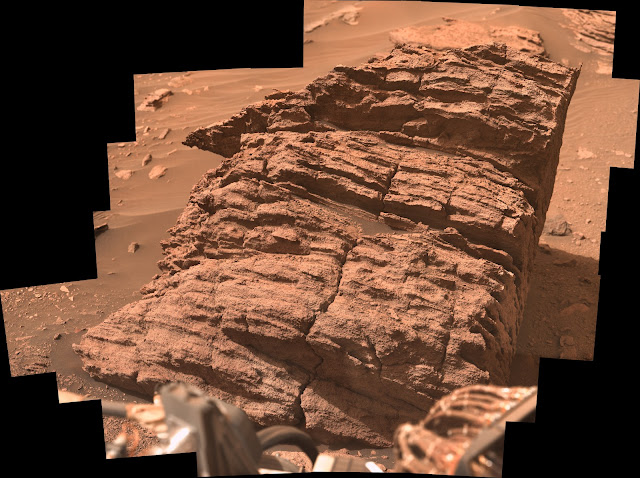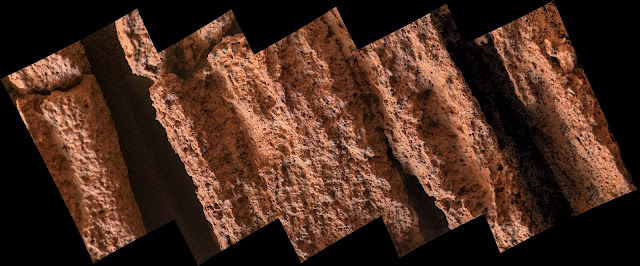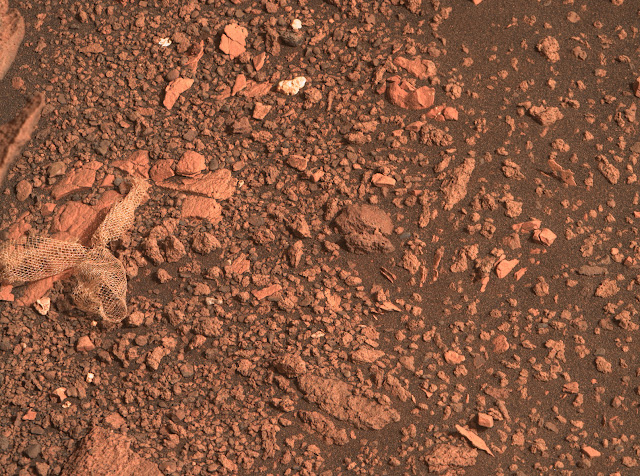Meteor Shower in the Chilean Desert
The Eta Aquariids meteor shower, which peaked in early May this year, was captured in this stunning image by astrophotographer Petr Horálek. It was taken near San Pedro de Atacama, a Chilean town about 50 km away from the Chajnantor observatory site, where APEX and ALMA, astronomical facilities co-owned by the European Southern Observatory (ESO), are located. The Eta Aquariids meteors are caused by leftover debris from Halley’s comet and make up the bright, arrow-like darts of light in the photo. But don’t stop there: this image is literally full to the brim of astronomical phenomena.
The luminous object towards the bottom of the sky is Venus. Above it, arranged in a satisfying line, are several planets in conjunction. Directly above Venus is Jupiter, followed by the bright red Mars, and then Saturn. Conjunctions such as this are rare, often occurring decades apart. The planets also trace the zodiacal light, the faint glow stretching like a pillar, up towards the bright stellar-dense center of the Milky Way, our home galaxy.
Zodiacal light is often seen from dark sites like ESO observatories just after sunset, or before sunrise, and is the reflected sunlight from dust particles in the plane of the Solar System. The dust comes from asteroids, passing comets, and even from other inner Solar System planets, such as Mars. Here we see the zodiacal light paired with the red sunset over the mountains and volcanoes surrounding the Chajnantor site, a spectacular backdrop to this dreamy night sky.
Credit: European Southern Observatory (ESO)/Petr Horalek
Release Date: July 4, 2022
#ESO #Space #Astronomy #Earth #Planets #Venus #Jupiter #Mars #Saturn #Meteors #EtaAquariids #ZodiacalLight #Astrophotography #PetrHorálek #Astrophotographer #Chajnantor #Observatory #SanPedrodeAtacama #Chile #SouthAmerica #SolarSystem #MilkyWay #Galaxy #STEM #Education

.jpg)







.jpg)
V1.jpg)
V2.jpg)
V3.jpg)
V4.jpg)
V5.jpg)
V6.jpg)
V7.jpg)
.jpg)
.jpg)
.jpg)






